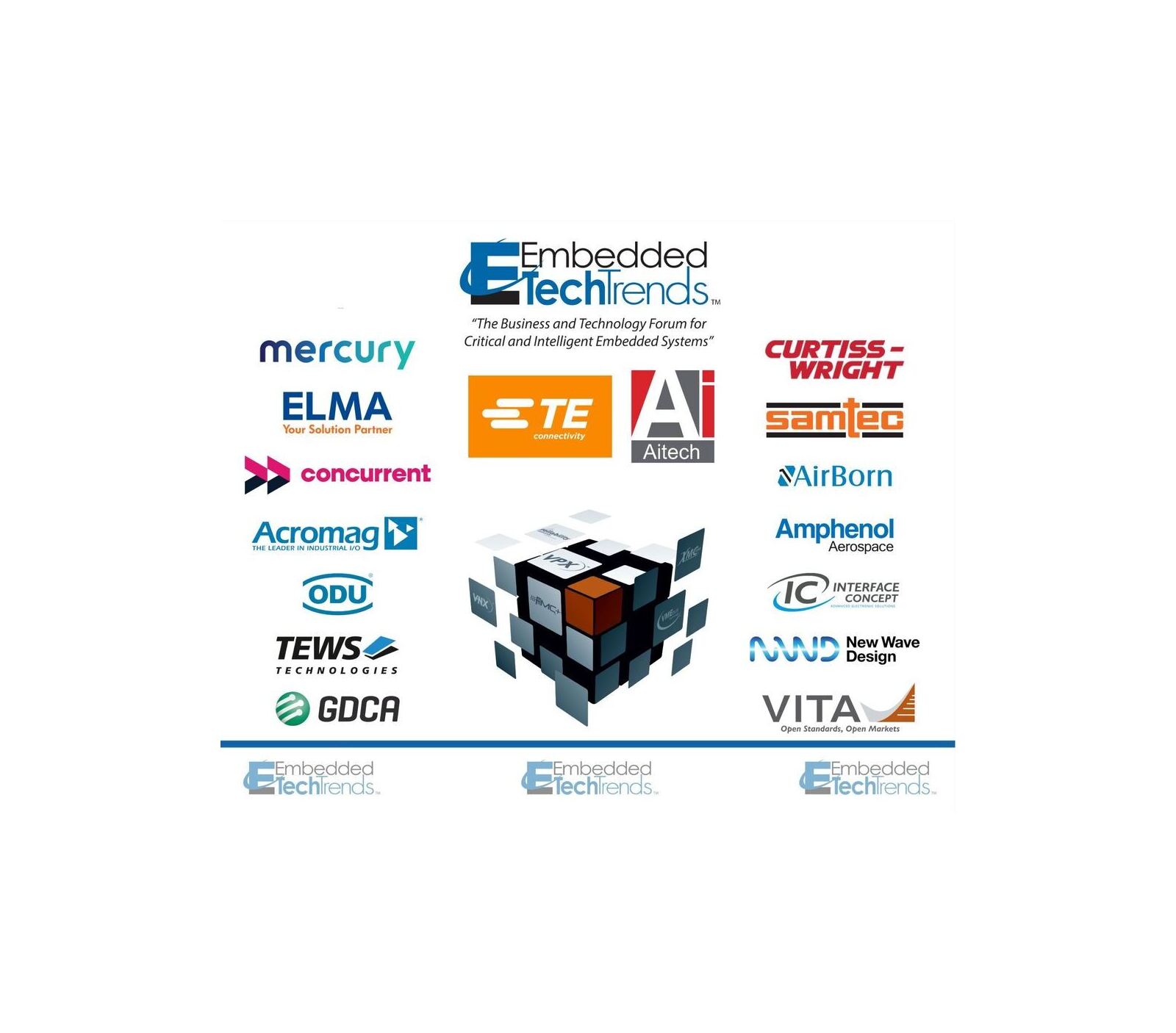Cooling trends
If you study the roadmaps of different CPU architectures, you will see that future processors will run faster, and that means they will run hotter. We have reduced voltages to reduce heat dissipation, and now certain architectures are turning portions of the CPU off when not in use to limit heat generation.
When you start integrating faster memory devices for these faster processors, it adds to the thermal problems. When you start building large Gigabit Fabric architectures with hot multiported switches, this can take you over the top of your thermal budget. The reliability of a computing system is inversely proportional to the temperature inside the box.
Take into consideration that most SBCs use mezzanine cards. Attaching a mezzanine card to the base-card limits the airflow to cool the chips under those small boards. In addition, mezzanine cards are becoming denser, which dramatically increases the heat generated by the entire board.
We are rapidly reaching the limits of forced-air cooling in many applications. Some densely-packed electronics boxes are using so many cooling fans, you cannot have a normal conversation if you are standing next to them. This creates another cooling problem which is noise pollution.
VITA and its members have been working on these cooling issues for over two years by collecting information and ideas that can lead to solutions. At the July 2004 VITA Standards Organization (VSO) meeting, two new standards efforts were initiated that provide some relief to these problems.
VITA 50
The VITA 50 standard initiated in July is the Best Practices Standard for Liquid Cooling. This standard will tell you what to do, not how to do it. It will outline the state of the art, and illustrate the results from testing of different methods like cold plates, cold walls, heat pipes, spray-cooling, and hybrid implementations. This document will show the cooling capacities you can anticipate with different methods, surface areas, and heat concentrations.
There are several liquid cooling phenomena that seem counter-intuitive. For instance, just moving more liquid across the surface of a hot chip will not remove more heat. The volume of liquid, type of coolant, and the specific mechanical methodology must be optimized to obtain the most beneficial and reliable results. This new standard will document the findings of comprehensive research completed by systems builders and academic institutions. The best practices document will be an educational tool, and introduce engineers to the intricacies of liquid cooling.
VITA 48
The VITA 48 standard, Enhanced Ruggedized Design Implementation (ERDI), was also discussed at the July meeting. This standard will tell you how to implement specific cooling methodologies on specific board form factors. Currently, this new standard will cover enhanced forced-air cooling (using baffles and plenums), advanced conduction cooling (using larger and more efficient thermal interfaces), and liquid cooling.
The primary form factors in this specification will be the traditional VME-size boards, and the new V-46 boards which are similar in size. The largest market for traditional VME cards is in the MCOTS segment. They use many convection-cooled (forced air) VME cards, and in critical systems, they use many conduction-cooled cards. The actual board and chassis mechanical dimensions are different for each of these applications segments.
Conduction-cooled VME cards use wedge locks instead of the normal injector/ejector, and they do not have a front panel like traditional convection-cooled VME cards. The wedge locks clamp the VME cards tightly to the thermal interface area, and the heat is moved to the sidewalls of the container, typically an Air-Transport-Rack (ATR) chassis. The sidewalls have external heat sink fins to dissipate the heat into the surrounding air by natural convection air currents.
In the past, we have seen forced air cooled VME cards dissipating 100W or more. Conduction-cooled cards range from 35 to 50W, sometimes a bit more. Unfortunately, many applications do not allow fans. They are noisy and relatively unreliable components since they are moving mechanical devices.
We have known for sometime that we can remove about 1W per square inch of board area with forced-air cooling, and a little more with plenum and baffle-cooling (specifically directed air). But, we are already seeing chips and board designs with higher heat densities than 1W per square inch.
Conclusion
So, VITA 50 will show you what to do to cool these high heat chips and boards, and the results you can expect. VITA 48 will show you how to use advanced cooling techniques on traditional VME cards, conduction-cooled VME cards, and the new VITA 46 card form factors.
The MCOTS application segment is not the only area seeing cooling-related problems. Wireless communications boxes, traditional business servers, transaction-processing systems, and some industrial controls are exhibiting similar heat issues. All of these industries know that the reliability of their electronics is inversely proportional to the temperature inside the box.
Both of these new cooling specifications should be completed before the next generations of processors, memories, and fabric silicon push us over the edge in our thermal budgets. We must anticipate these new cooling problems, and publish solutions for all market segments. This is what VITA 48 and 50 will accomplish.
Ray Alderman is Executive Director of VITA. Previously, he was CEO of PEP Modular Computers, Technical Director of VITA, and founder and partner at Matrix Corporation.







